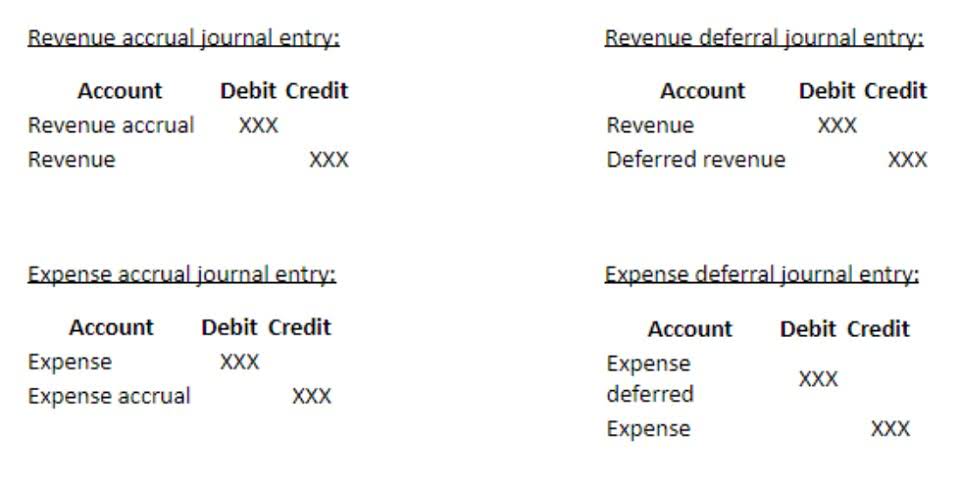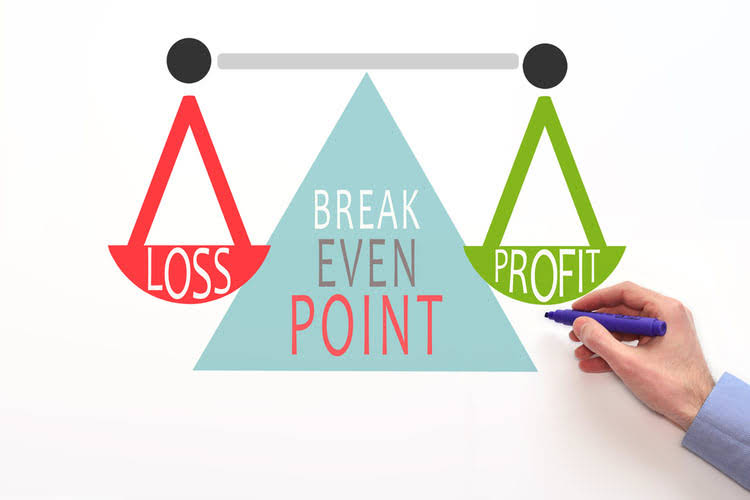
Therefore, lifo calculation if you have an international business that operates outside of the U.S, you should stick to FIFO instead. Under LIFO, Company A sells the $240 vacuums first, followed by the $220 vacuums then the $200 vacuums.
- This method can be useful for quick estimations, but remember its limitations.
- LIFO is an inventory management system in which the items most recently added to a company’s stock are the first ones to be sold or used.
- In a normal inflationary economy, prices of materials and labor steadily rise.
- This means that ‘first in’ inventory has a lower cost value than ‘last in’ inventory.
- The periodic inventory system requires a physical count of inventory at the end of the period.
Last-in, first-out (LIFO) ending inventory calculations

As it is based on the assumption that newer inventory items are sold first, during periods of rising costs, the cost of goods sold (COGS) is higher for LIFO users. Consequently, the gross profit decreases, which can impact profitability. LIFO is an accounting method used to value inventory and calculate the cost of goods sold. Under this method, the most recently acquired inventory items are assumed to be sold first.

Common mistakes to avoid when calculating ending inventory
If you’re trying to decide on the best method for assigning costs to your sold goods, the LIFO method can help. In a LIFO system, you automatically apply the costs of the most recently ordered items in your inventory to the most recently sold goods. At the craft fair, Sylvia’s Platters is a big hit and she sells 20 of the 30 platters she brought. Before she calls the craft show a big success, Sylvia wants to calculate her net income from the event.
Gross profit ending inventory calculations
The cost to buy your product can vary depending on the time of year, your supplier’s access to raw materials, the number of items you order, and tons of other factors. Consequently, most businesses pay a different cost per item each time they reorder inventory. The LIFO method helps you determine which costs to assign to your most recently sold goods. LIFO can be complicated to maintain, but it can give your business a tax advantage if applied correctly.
- Your leftover inventory will be your oldest, more expensive stock meaning a higher inventory value on your balance sheet.
- For businesses looking for funding from loans or investors, this will make your business seem higher performing.
- The opposite to LIFO is FIFO, which is when you assume you sell the oldest inventory first.
- You may have noticed that perpetual inventory gave you a slightly lower cost of goods sold that periodic did.
- Last In, First Out (LIFO) is an inventory valuation method used by businesses to account and manage their inventory.
Earned value management
FIFO assumes that your https://www.instagram.com/bookstime_inc oldest goods are sold first, while LIFO assumes that your newest goods are sold first. Partnering with an experienced 3PL like Red Stag Fulfillment can provide you with the expertise and tools needed to streamline your inventory management processes. While proper inventory management might seem complex, you don’t have to navigate this alone. Avoid trying to match inventory to old purchase orders after sales have begun, as this can become complicated and inefficient. During periods of inflation, your ending inventory value might be overstated.

How to Value Inventory: FIFO, LIFO, or Average?

Should the cost increases last for some time, these savings could be significant for a business. If we apply the periodic method, we will not concern ourselves with when purchases and sales occur during the period. We will simply assume that the earliest units acquired by the shop are still in inventory. The earliest unit is the single unit in the opening inventory and therefore https://www.bookstime.com/ the remaining two units will be assumed to be from the current month’s purchase. LIFO might be a good option if you operate in the U.S. and the costs of your inventory are increasing or are likely to go up in the future.
Let’s say you’ve sold 15 items, and you have 10 new items in stock and 10 older items. You would multiply the first 10 by the cost of your newest goods, and the remaining 5 by the cost of your older items to calculate your Cost of Goods Sold using LIFO. The FIFO (“First-In, First-Out”) method means that the cost of a company’s oldest inventory is used in the COGS (Cost of Goods Sold) calculation. LIFO (“Last-In, First-Out”) means that the cost of a company’s most recent inventory is used instead. If LIFO affects COGS and makes it more significant during inflationary times, we will have a reduced net income margin.


